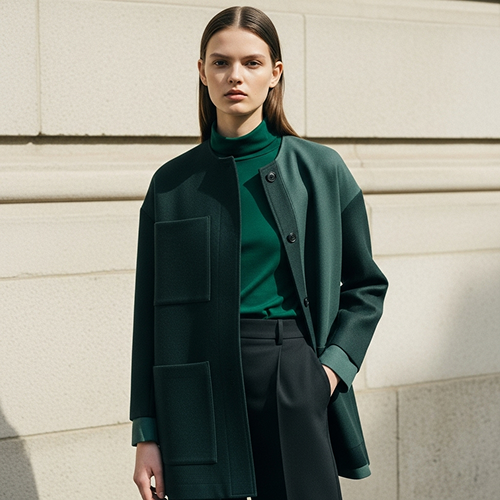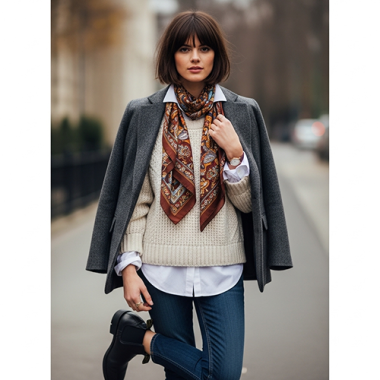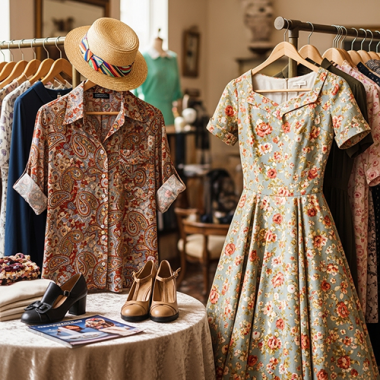In the vast spectrum of fashion, where colors and patterns often vie for attention, the monochromatic aesthetic stands out for its understated power and timeless sophistication. Far from being boring or restrictive, dressing in a single color, or varying shades of that color, offers a unique pathway to creating impactful, elegant, and effortlessly chic ensembles. It’s a testament to the idea that true style often lies in simplicity, allowing silhouette, texture, and proportion to take center stage.
Monochrome, at its core, means using variations of a single hue. While black and white are the most classic and frequently associated with this style, true monochrome extends to any color – from head-to-toe navy, forest green, or even vibrant red. The magic happens when you play with the shades and tones within that single color family. For instance, a deep charcoal grey blazer over a lighter grey knit top, paired with dark grey trousers, creates a subtle yet rich visual tapestry that is far more interesting than a flat, uniform block of color.
The primary appeal of monochromatic dressing lies in its inherent elegance and sophistication. By removing the distraction of multiple colors, the eye is drawn to the garment’s cut, the quality of the fabric, and the overall silhouette. This focus on form and structure creates a streamlined, polished look that is inherently refined. It often conveys a sense of intentionality and confidence, as it requires a deliberate choice to pare back the color palette. Black-on-black or white-on-white outfits, in particular, exude a powerful, minimalist chic that is always in vogue.
Another significant advantage is the emphasis on texture. When color is minimized, texture becomes paramount in creating visual interest. Imagine a monochromatic outfit combining a smooth silk blouse, a chunky knit sweater, and a pair of leather trousers – all in varying shades of the same color. The interplay of these different textures adds depth and dimension, preventing the outfit from appearing flat or uninspired. This textural contrast is what makes monochromatic looks so dynamic and visually engaging, even without a riot of colors.
Furthermore, monochromatic dressing offers incredible versatility and ease of styling. When all your pieces are in the same color family, mixing and matching becomes effortless. Every top can go with every bottom, and every layering piece complements the others. This simplifies wardrobe decisions, making it easier to create cohesive and stylish outfits quickly. It’s an ideal strategy for building a capsule wardrobe, as it maximizes the number of outfit combinations from a limited number of items.
The psychological impact of monochromatic dressing is also worth noting. It often creates a sense of cohesion and elongation. By creating an unbroken line of color, monochromatic outfits can make the wearer appear taller and leaner, as there are no horizontal breaks to interrupt the visual flow. This seamlessness contributes to an overall sense of harmony and balance in the ensemble.
While seemingly simple, mastering monochrome involves subtle nuances. It’s about understanding the power of different shades, experimenting with various textures, and paying attention to the fit and drape of each garment. It’s about using accessories – perhaps in a contrasting metallic or a subtle pop of a complementary color – to add a final touch without breaking the overall aesthetic. The monochromatic aesthetic is a powerful reminder that true style doesn’t always shout; sometimes, it whispers with profound impact, proving that simplicity, when executed thoughtfully, can be the most striking statement of all.



